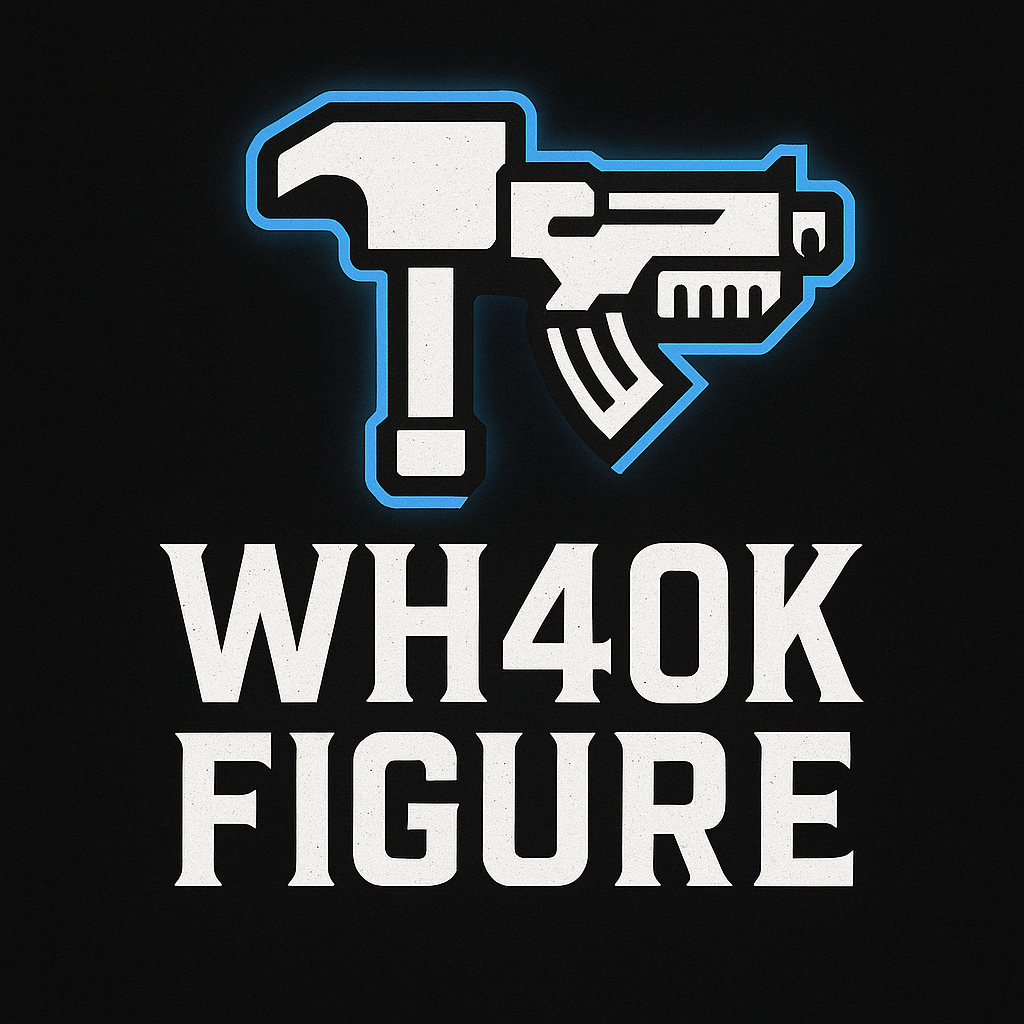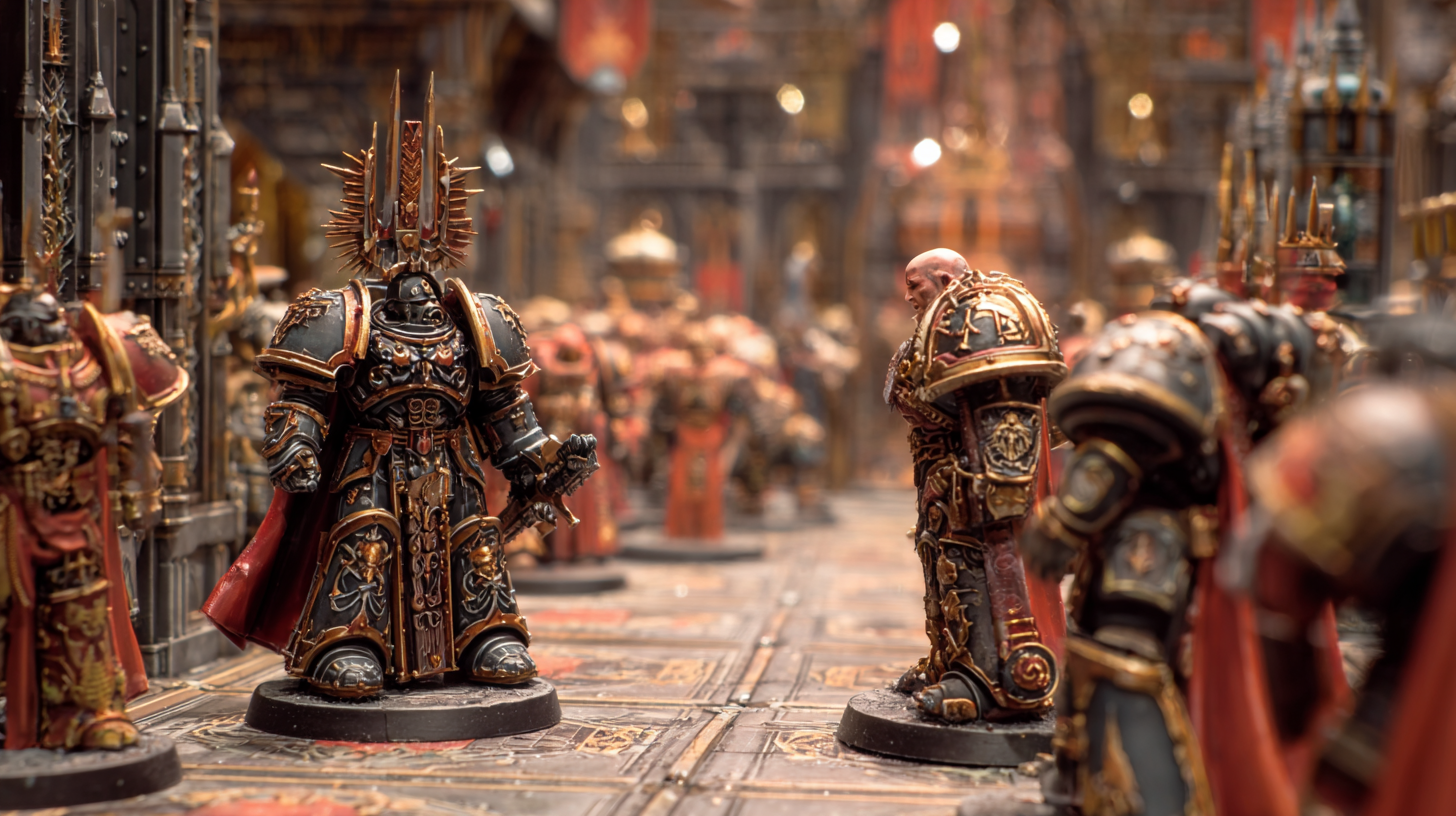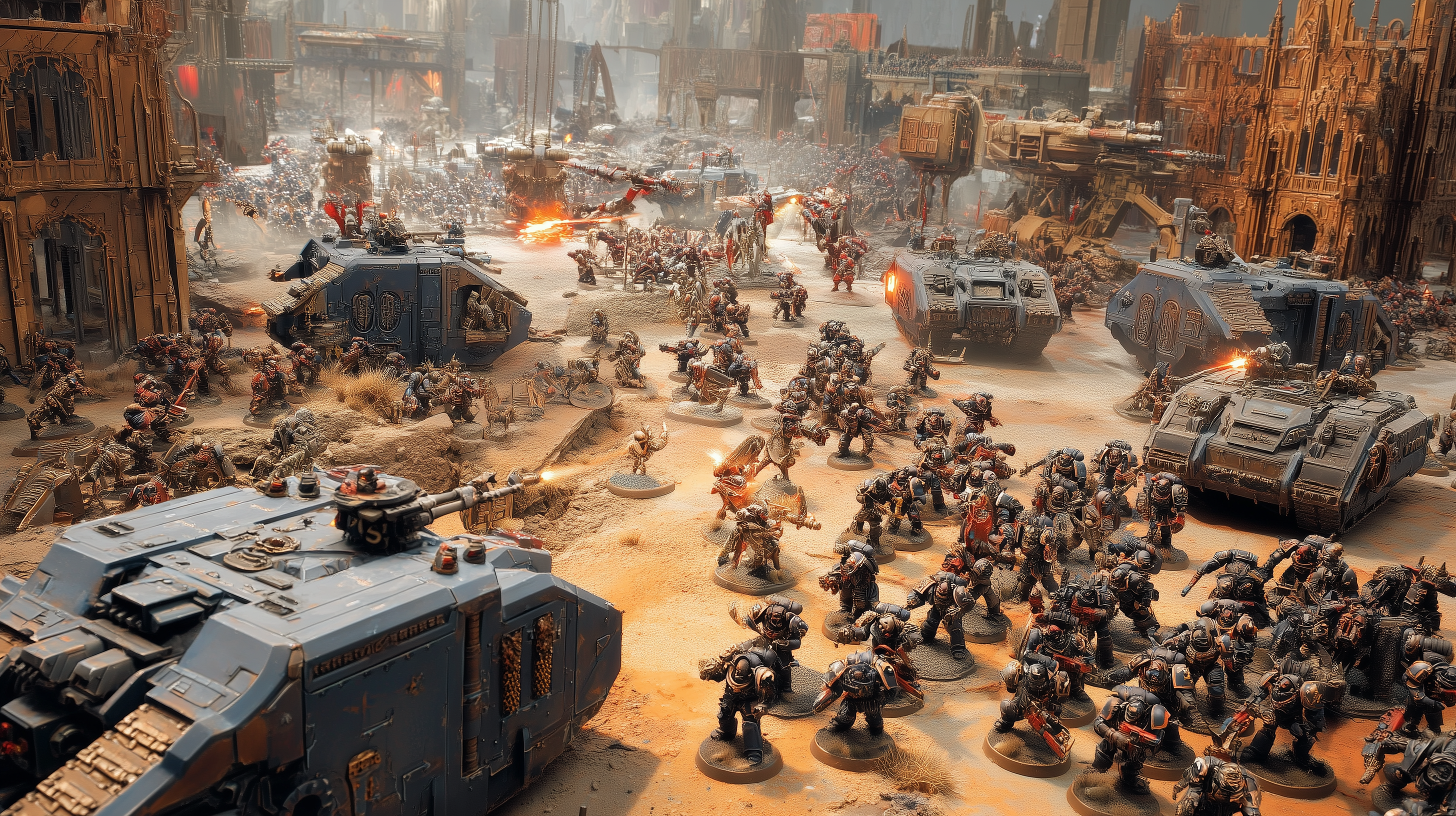The universe of Warhammer 40,000 is a canvas of unimaginable scale. It’s a setting defined by epic histories spanning millennia, wars fought across a million worlds, and a cast of characters numbering in the trillions. When faced with such staggering scope, it’s natural to wonder just how big this playground of eternal war truly is. Does the endless conflict span countless galaxies, or is the drama of the 41st Millennium confined to a smaller stage?
The short answer is a definitive one: Yes, almost the entirety of the Warhammer 40,000 setting takes place within our own Milky Way galaxy.
But as with all things in this rich and detailed universe, the "why" and the exceptions to the rule are where the truly fascinating story lies. The decision to contain this sprawling narrative within a single galaxy is not a limitation; it’s a deliberate choice that amplifies the setting's core themes of isolation, desperation, and cosmic horror.
A Prison of Stars: Why the Milky Way is the Whole World
To an inhabitant of the Imperium of Man, the Milky Way isn't just a galaxy; it is the entire universe. It contains hundreds of billions of stars and millions of habitable (or once-habitable) worlds. The Imperium alone claims dominion over a million planets, and even this is just a fraction of what the galaxy holds. From the perspective of those living within it, the galaxy is so impossibly vast that it might as well be infinite.
The primary barrier to leaving is technological. Faster-than-light travel in the 41st Millennium is not a simple feat of engineering; it is a terrifying psychic plunge into a parallel dimension known as the Warp. This chaotic, hellish realm is a reflection of the emotions and consciousness of all sentient life. Navigators, specially mutated humans, use the psychic beacon of the Emperor's Golden Throne—the Astronomican—to steer ships through the Warp's treacherous currents.
This system, however, has a critical limitation. The Warp is potent within the galaxy because the galaxy is teeming with life. In the silent, starless void between galaxies, the Warp fades into an impassable, featureless calm. There are no currents to ride, and more importantly, the guiding light of the Astronomican becomes an imperceptible flicker and then vanishes entirely. To venture into the intergalactic void is to be truly, utterly lost. The galaxy, for all its horrors, is the only home humanity knows. It is both a sanctuary and a cage.
The Great Devourer: The Exception from Beyond
While the factions of the 41st Millennium are trapped within the Milky Way, it does not mean they are alone. The setting's most terrifying and existentially threatening faction is definitive proof that a wider, hostile universe exists: the Tyranids.
The Tyranids are not native to our galaxy. They are a nomadic, extragalactic swarm-organism of incomprehensible size and intelligence, driven by a singular, terrifying purpose: to consume. They travel through the dark void between galaxies in a state of hibernation, drawn towards the psychic light of sentient life. Upon arrival, their Hive Fleets descend upon a galaxy, stripping every planet of every last scrap of biomass before moving on, leaving a chain of dead galaxies in their wake.
The arrival of the Tyranids in the Milky Way is the ultimate confirmation of cosmic horror. It proves that even if the forces within the galaxy could somehow achieve peace, there are hungers in the great dark so vast and so absolute that they threaten to extinguish all life. They represent the terrifying answer to the question, "Are we alone?" The answer is no, and what's out there is coming to eat us.
The Silent King's Journey: A Glimpse into the Void
Humanity is not the only race to have gazed into the intergalactic abyss. The ancient Necrons, soulless robotic beings older than the Eldar, have a leader who has journeyed there and returned. After a catastrophic war that shattered the stars, Szarekh, the Silent King of the Necrons, was consumed by regret for what he had done to his people. He destroyed the command protocols that enslaved them to his will and set off into the intergalactic void on a self-imposed exile.
For millions of years, he traveled the darkness between galaxies. It was there, in that silent emptiness, that he discovered the slumbering tendrils of the Tyranid Hive Fleets. He recognized them as a threat that would eventually extinguish all life, a final doom that would leave nothing for his people to one day rule. This discovery forced his hand. The Silent King returned to the Milky Way, his quest for penance replaced by a new purpose: to awaken his legions and unite them against the Great Devourer. His journey is a chilling testament that the horrors of our galaxy are not unique.
A Stage of Perfect Scale
By confining the action primarily to the Milky Way, the creators of Warhammer 40,000 achieve a perfect narrative balance. The stage is large enough to feel functionally infinite, allowing for endless stories of exploration, conquest, and forgotten worlds. Yet, it is also contained enough to feel claustrophobic. Every faction is trapped in this galactic pressure cooker with their ancient enemies, with no hope of escape.
The extragalactic threats like the Tyranids serve to heighten this tension. They are an outside context problem that proves there is no running away. The wars for survival being fought within the Milky Way are not just for territory or ideology—they are for the very right to exist in a universe that is, both inside and out, relentlessly hostile.
So, while the battles of Warhammer 40,000 are fought among the familiar stars of our own galaxy, never forget that the darkness beyond its edge is vast, and it is anything but empty.



Laisser un commentaire
Ce site est protégé par hCaptcha, et la Politique de confidentialité et les Conditions de service de hCaptcha s’appliquent.